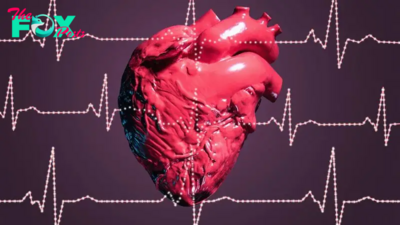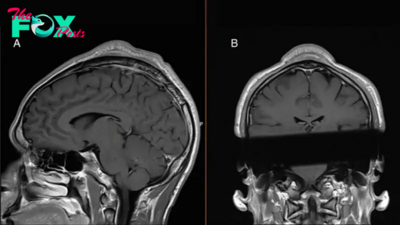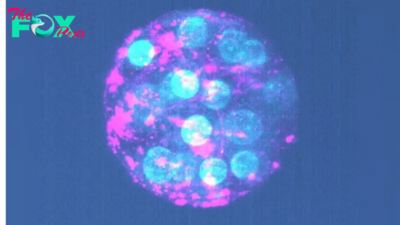Health
Exercise may reverse sign of aging by 'flushing' fat from muscle
The Science of why we age is a hot topic, with studies pointing to changes in our chromosomes, cellular stress and epigenetics as culprits. These changes are difficult to reverse with treatments — but what if there were a molecular cause of aging that we could change more easily?
In a study published Friday (April 12) in the journal Nature Aging, researchers may have identified a particular kind of fat molecule, or lipid, that plays a major role in the aging process. This lipid, called bis(monoacylglycero)phosphate (BMP), was found at consistently higher levels in the muscles of older people than in those of younger people. And notably, those high levels fell with short periods of exercise. The researchers also studied this effect in more detail in mice.
Aging research lacks detailed studies of fat molecules, "so it was great to see this study doing such a comprehensive analysis of the changes in many different tissues in mice and humans," Dr. Alexandra Stolzing, a professor of biogerontological engineering at Loughborough University who was not involved in the study, told Live Science in an email.
Related: 'Biological aging' speeds up in times of great stress, but it can be reversed during recovery
Creating a map of fat
Scientists generally understand how simple fats, such as cholesterol, contribute to aging and diseases like coronary artery disease. However, "little is known on how 'complex' lipids contribute," said Dr. George Janssens, an assistant professor of genetic metabolic disease at Amsterdam UMC and first author of the study.
The researchers started exploring this relationship by analyzing the fats of young and old mice. Using "lipidomics" — a technology that quantifies the many different fats in the same tissue simultaneously — they looked at 10 different tissues and identified more than 1,200 unique types of lipids.
What jumped out at them was the consistent increase of BMP in old mice, which they saw across most of the tissues analyzed.
-

 Health13h ago
Health13h agoThe Surprising Benefits of Talking Out Loud to Yourself
-

 Health15h ago
Health15h agoDoctor’s bills often come with sticker shock for patients − but health insurance could be reinvented to provide costs upfront
-

 Health21h ago
Health21h agoHow Colorado is trying to make the High Line Canal a place for everyone — not just the wealthy
-

 Health1d ago
Health1d agoWhat an HPV Diagnosis Really Means
-

 Health1d ago
Health1d agoThere’s an E. Coli Outbreak in Organic Carrots
-

 Health2d ago
Health2d agoCOVID-19’s Surprising Effect on Cancer
-

 Health2d ago
Health2d agoColorado’s pioneering psychedelic program gets final tweaks as state plans to launch next year
-

 Health3d ago
Health3d agoWhat to Know About How Lupus Affects Weight



























